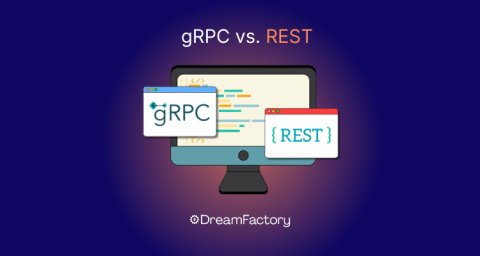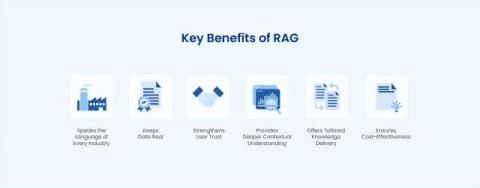Intro to Service Catalog | Kong Konnect
In this video, Miko Bautista, Staff Product Manager at Kong, introduces the Kong Konnect Service Catalog, your ultimate system of record for managing and discovering all the services and APIs running in your infrastructure. The Kong Konnect Service Catalog helps platform teams gain comprehensive visibility into their entire service ecosystem, whether APIs are powered by Kong Gateway or external systems like AWS API Gateway, Kubernetes, or serverless architectures.










